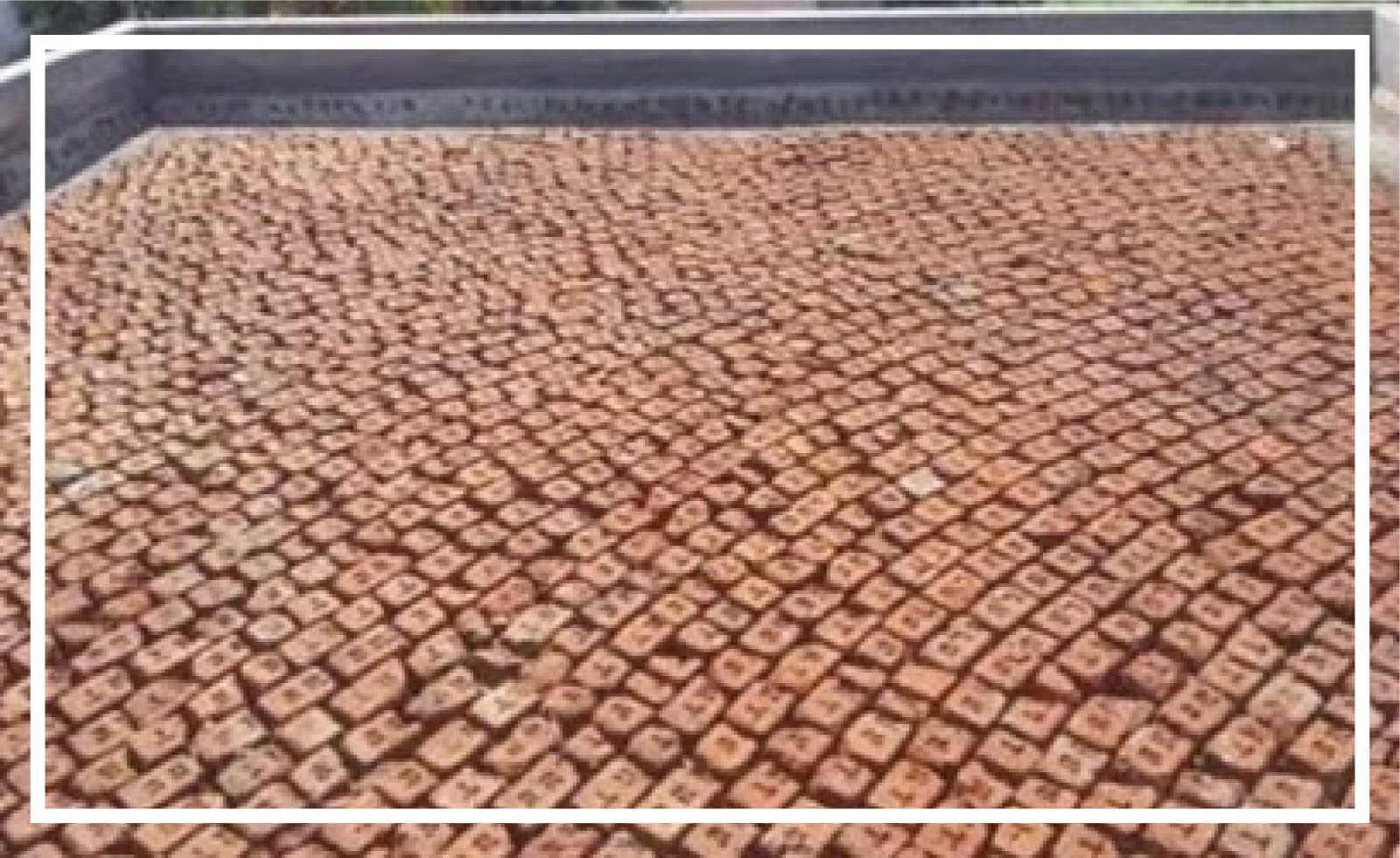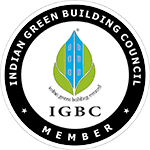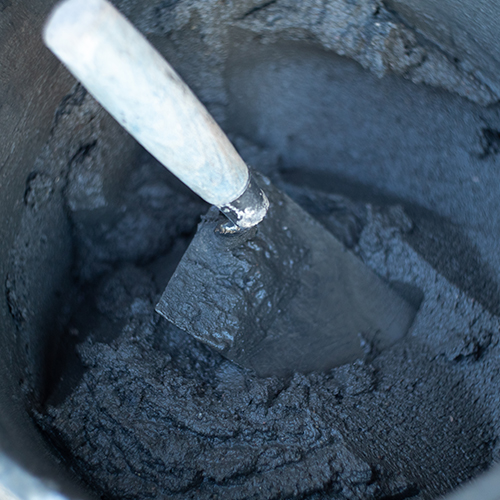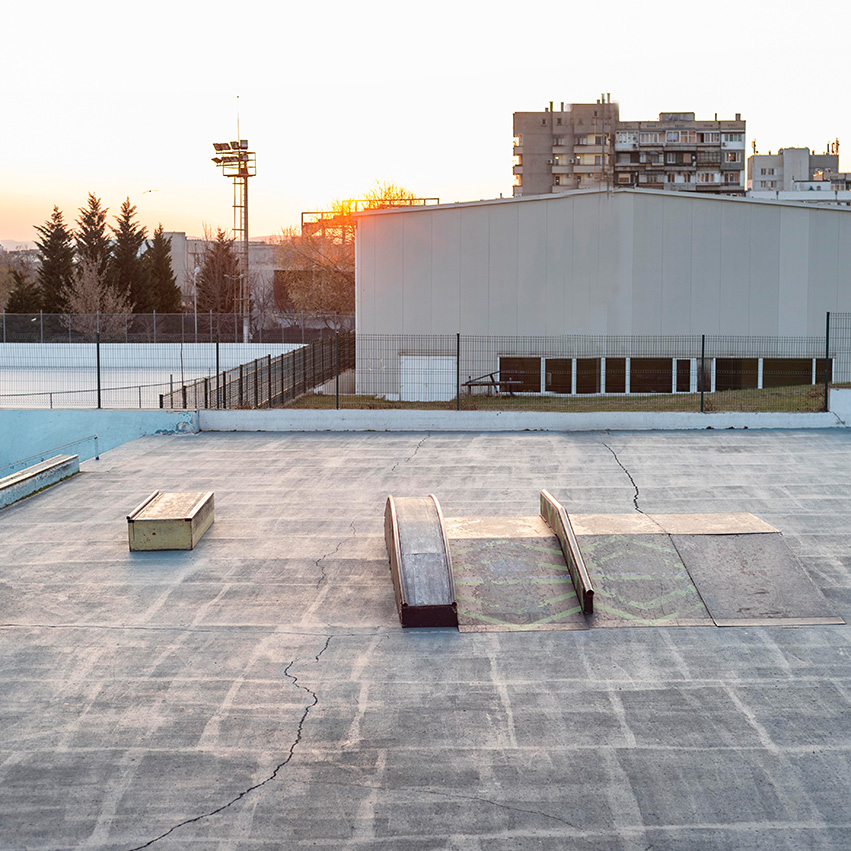 June 22, 2022
June 22, 2022
What is a waterproofing system?
Process of applying a protective coating/screed to a water body to make it impervious to water or to make it repel water is called Waterproofing. This relies on the application of one or more layers of coatings or screeds that act as a barrier between the water and the building structure, preventing the passage of water. The entire system which makes the structure waterproof is called WATERPROOFING SYSTEM.
There are multiple bodies which need waterproofing in a Building structure such as basements, podiums, wet areas, water-bodies, terraces, roofs and external walls.
The major focus and the most susceptible to leakage is the Terrace area. There are Mainly Two types of Terraces which have requirement of waterproofing. They are:
We need to be clear that the same methodology, system and solutions are not going to help in each case. There are multiple waterproofing systems available in the market, viz.:
- LIQUID HYBRID WATERPROOFING SYSTEM – FOR DEAD WALLS & SWIMMING POOLS
- POLYMER MODIFIED WATERPROOFING SYSTEM – FOR TOILET WATERPROOFING SYSTEMS
- TWO PART POLYMER MODIFIED WATERPROOFING SYSTEM – FOR POSITIVE SIDE WITH HIGH HYDROSTATIC PRESSURE LIKE TERRACES & WATER TANKS (with Waterproof Screeds)
- LIQUID MEMBRANE SYSTEM – FOR LANDSCAPING, TERRACE GARDENS, REGULAR WATERPROOFING, CHINA CHIPS WP, PODIUMS
- BITUMINOUS MEMBRANE SYSTEMS – FOR LONG SPANS OF SLABS WITH LITTLE OR NO OBSTRUCTIONS
- MODERN MEMBRANE SYSTEMS – PVC MEMBRANES, TPO MEMBRANES
We need to test each of the waterproofing system on 3 parameters:
- Ease of Application
- Optimum Cost vs. Expected Performance
- Life of Waterproofing vs. Ease of Maintenances
Since ages we have been using the Brick bat coba type of waterproofing system but actually without any coating, this system is not a waterproofing system but its more of a water-channeling system. Its mainly used to create slopes on the terrace so that the water can freely flow and go out from the available drain pipes. Thus no water accumulation ensures no leakages.
- The Limitations of Brick Bat Coba
- Unnecessary Dead Load on the Terrace Slab
- Maintenance is very difficult
- Cracks if developed will ensure that the water starts oozing into the surface and thus accumulating in the bricks. This in a later time creates dampness in the slab.
- Skilled Workmanship is required for this type of waterproofing as we need to maintain a proper slope through artistic arrangements of bricks.
- Also quality of bricks is a big question mark as that can also create problems in the surface.
WATERPROOFING OF OLD TERRACES – THE IDEAL WAY
- Treatment of corners, coves and joints with Mcon Polymer Mortar
- Surface Preparation
- Priming of Surface – The surface to be waterproofed has to be first primed with Mcon Magic Coat Primer. A single coat of Mcon Magic Coat Primer will ensure a barrier coat for moisture from the slab and also ensure good coverage/bonding of subsequent coatings.
- Water proofing – The surface has then to be applied with the first coat of Mcon Magic Coat PU – a 400% elastic Waterproof liquid membrane having excellent resistance to UV rays, weathering and foot traffic.
- When the coating is wet, apply Magic Net or Magic Geo on to the coating and move a roller on top of it. This will provide the reinforcement to the Membrane.
- The final finishing coat has to be done after 24 hours with Mcon Magic Coat PU second coat. Ensure that you use minimum 0.8 kg to 1.0 kg of Mcon Magic Coat PU per sq. meter to ensure a perfect well formed membrane.
Now its always a question that why cannot the coating be applied directly and Why primer is needed?
- Consolidation of Surface
- Creating tackiness for next layer of coating
- Filling of micro porosities as viscosity is low
- Uniform surface throughout for the coating
- Increases the coverage of the coating
Every system has some important precautions to be taken care of. So in the above mentioned system we need to take care of the following points in the First coat:
- Ensure that the surface below has been filled of all the pot holes and major cracks.
- Ensure that roller is moved properly over Magic Geo else there will be air bubbles created.
- The Magic Coat PU has to be diluted by 10% to 15% for the first coat to ensure it can accept the Magic Geo properly.
- The application can be done by Machine or Roller
- Leave the surface for 24 hours post application so that the coating settles properly with the reinforcement.
Similarly before the application of final coat we need to have the following precautions:
- Repair all the deformities of First coat with Magic Geo before applying the final coat viz. bubbles, wrinkles etc.
- Ensure that the final coat has to be uniform and with minimum joints while applying.
- Ensure a more liberal coat on the overlapping joints of the Magic Geo.
- Ensure that the covings and corners are done properly as they are the most susceptible to leakages.
- Final coat can be applied with roller, brush or spray gun.















